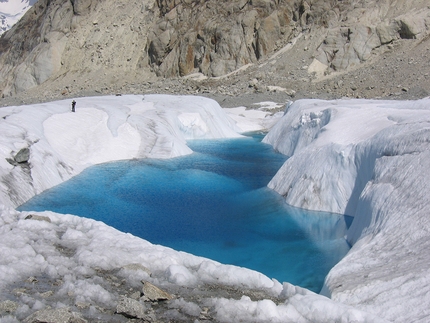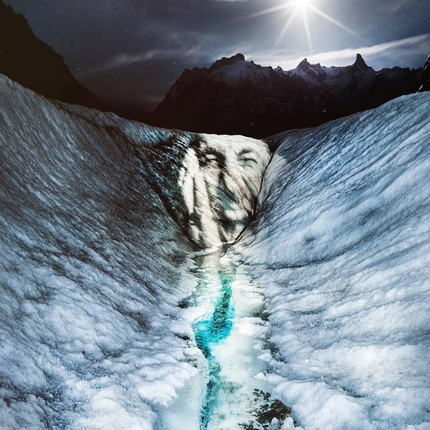Grand Etret glacier in Valle d'Aosta, Italy, loses another two hectares of surface area in summer 2023
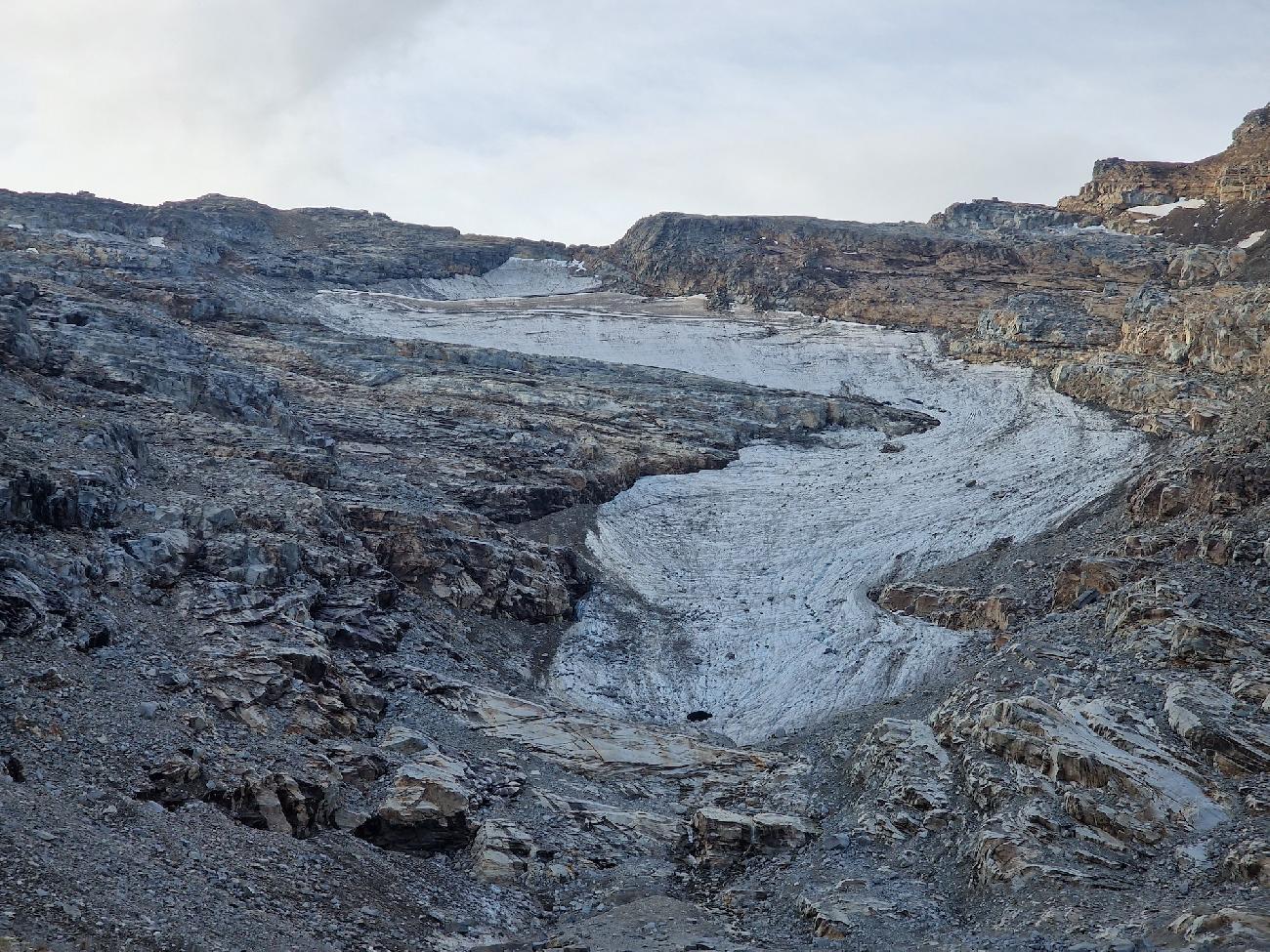
 1 / 7
1 / 7 Demis Massoni
Demis Massoni
The glaciers in Italy's Gran Paradiso National Park have suffered extensively this summer once again. Studies carried out by the park rangers have confirmed that the Grand Etrèt glacier in Valsavarenche has lost an average thickness of 2.7 meters of ice compared to last year, resulting in a reduction in its surface area of over two hectares, the equivalent of three football fields.
The 2022-2023 season is the second worst since measurements began in 1999 (at -986 mm w.e. more than double the 2000-2022 average), and is only better than last year's (negative) record of -3662 mm w.e.. Compared to 2022, the glacial surface area has shrunk by approximately 9%, and by 62% since 1999.
The snow reserves accumulated thanks above all to the abundant snowfalls May disappeared completely between July and August and were not sufficient, as feared, to protect the glacier from solar radiation. Melting proved to be considerable at all five poles installed on the glacier, with values ranging between 460 and 192 cm of ice lost.
Temperatures remained high throughout the summer (except for a few cooler days at the beginning of August) and only the snowfall on 28 August, with the addition of several centimeters of snow above 2400 m above sea level, allowed a slowdown in melting as the glacier was covered in a layer of snow for several days.
Measurements carried out on 9 August made it possible to ascertain the average rate of ice melting up to 20 September (42 days of melting): this trend varies from 4.7 cm/day at pole I located at 2,750m above sea level, to 3.4 cm/day at pole V located at 3,025m above sea level. Furthermore, a second inspection which took place on 17 August at pole I made it possible to evaluate the daily melting trend on the lowest sector of the glacier during one of the hottest periods this summer: in just 8 days, 62 cm of ice disappeared at the impressive rate of almost 8 cm per day.
"The impact of climate change is evident" explained park ranger Alberto Rossotto, head of the glacier monitoring team, "signs of the suffering of the glacial body were documented during the survey: absence of residual snow, large active bédières, the presence of landslide debris, glacial mills, collapse of portions of ice, but above all the opening of a large glacial cave in visible expansion, with a small lake below, just above the mouth of the glacier."
The park rangers are now working on the data collected on the 57 glaciers monitored during the summer season; the results will be published in due course on the Park website on www.pngp.it



 Copia link
Copia link

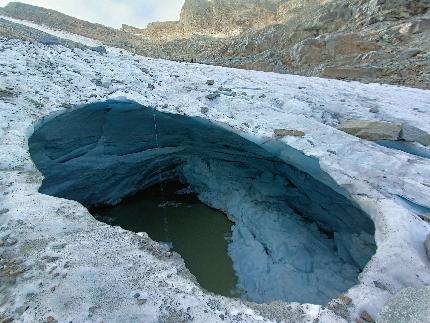
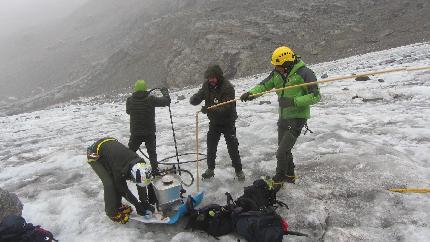
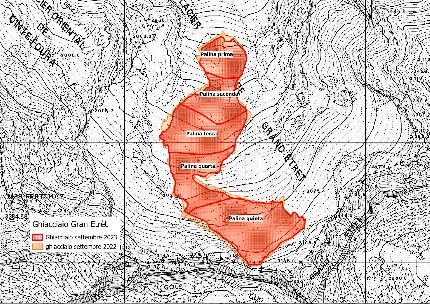
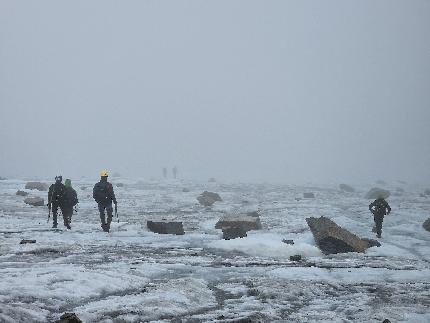
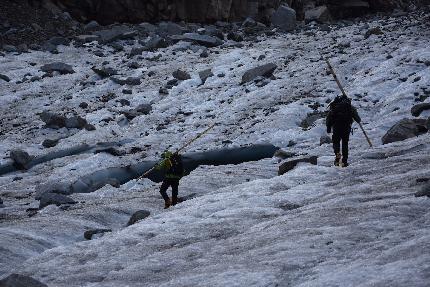
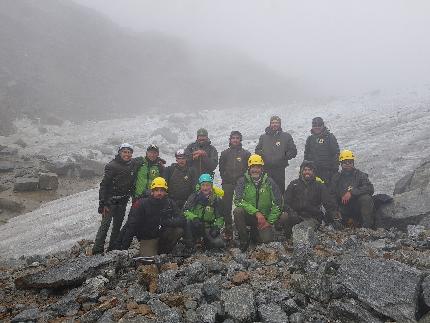
 See all photos
See all photos